Traveling to cities known for their rough reputations can be intimidating, but let’s not overlook the incredible experiences these places have to offer. I’ve learned the hard way that with the right approach, you can uncover the beauty within these so-called “dangerous” cities, all while staying safe. So, if you’re planning to explore the road less traveled, here’s how you can do it wisely.
First, Understand the Neighborhoods

Image Credit: Shutterstock / eldar nurkovic
Every city, no matter how notorious, has areas that are safer than others. Before you go, do some serious research on which neighborhoods to avoid and which ones are safer. Think of places like Rio de Janeiro’s Copacabana—yes, it’s touristy, but it’s also much safer than some other parts of the city. Stick to these areas, especially if you’re unfamiliar with the city.
Daytime Is Your Friend

Image Credit: Shutterstock / eldar nurkovic
It’s a no-brainer, but worth repeating: explore during the day. Most cities, even those with bad reputations, are far safer in daylight. Those hidden gems, whether they’re street markets, historical sites, or local eateries, will usually be just as vibrant and open during the day—without the added risk of nighttime wanderers.
Guided Tours: Not Just for Tourists
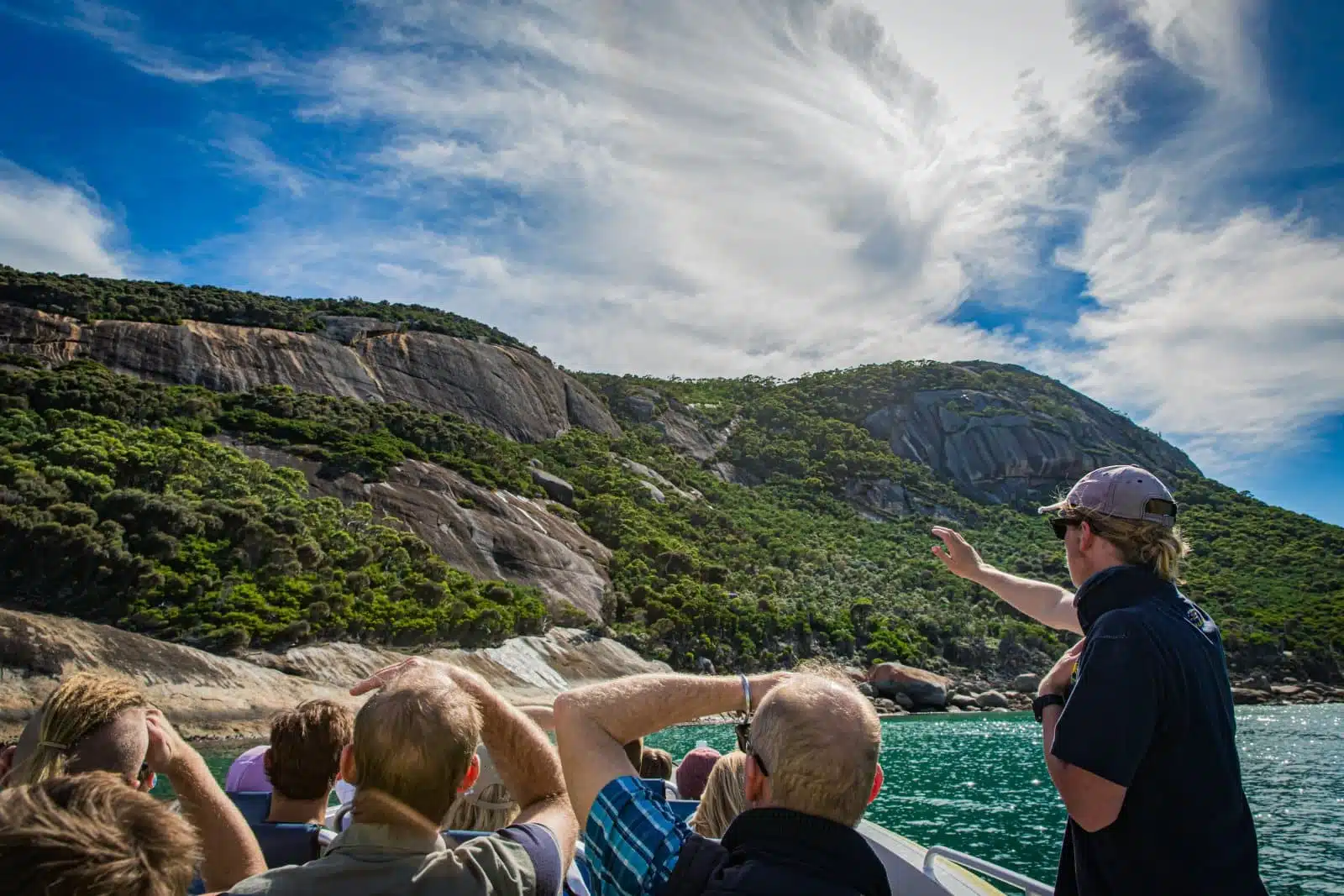
Image Credit: Shutterstock / AuthorLinyt Photography
I used to think guided tours were for, well, tourists. But after a few close calls, I’ve realized they’re a smart way to explore high-risk areas. Guided tours in cities like Johannesburg or Caracas can give you access to incredible sights while ensuring that someone who knows the lay of the land has your back.
Blend In with the Locals
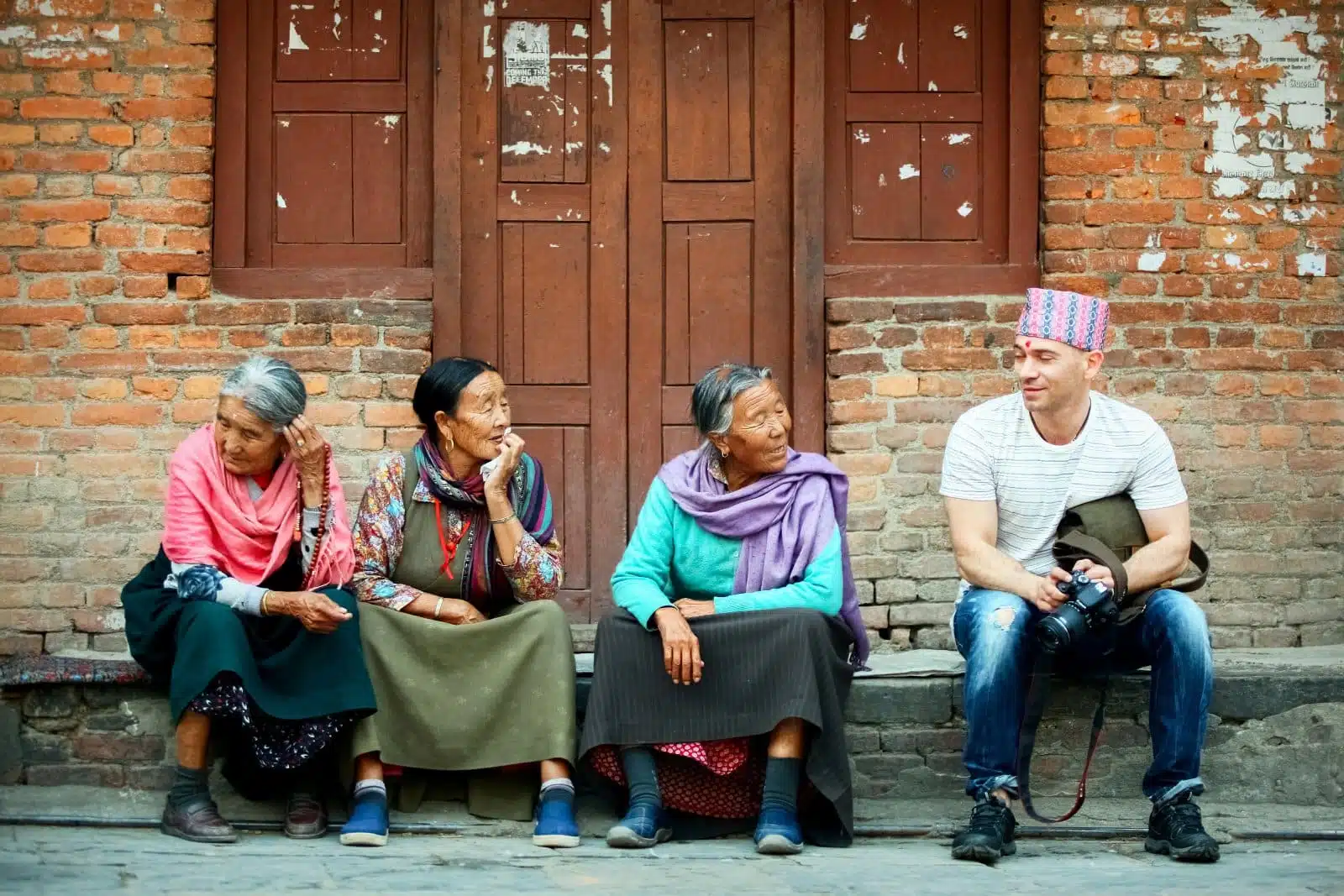
Image Credit: Shutterstock / Delbars
Dressing like a tourist is like wearing a sign that says, “Target me.” Wear what locals wear and try to blend in. This doesn’t mean you should compromise on comfort, but maybe leave the flashy jewelry and brand-name bags at home.
Stay Aware, Stay Safe

Image Credit: Shutterstock / kiuikson
Your phone’s map app is your best friend, but try not to look lost. A friend of mine learned this the hard way in Mexico City—pulling out your phone at every corner just screams vulnerability. Instead, map out your route before you leave your hotel, and stay aware of your surroundings.
Choose Transportation Wisely
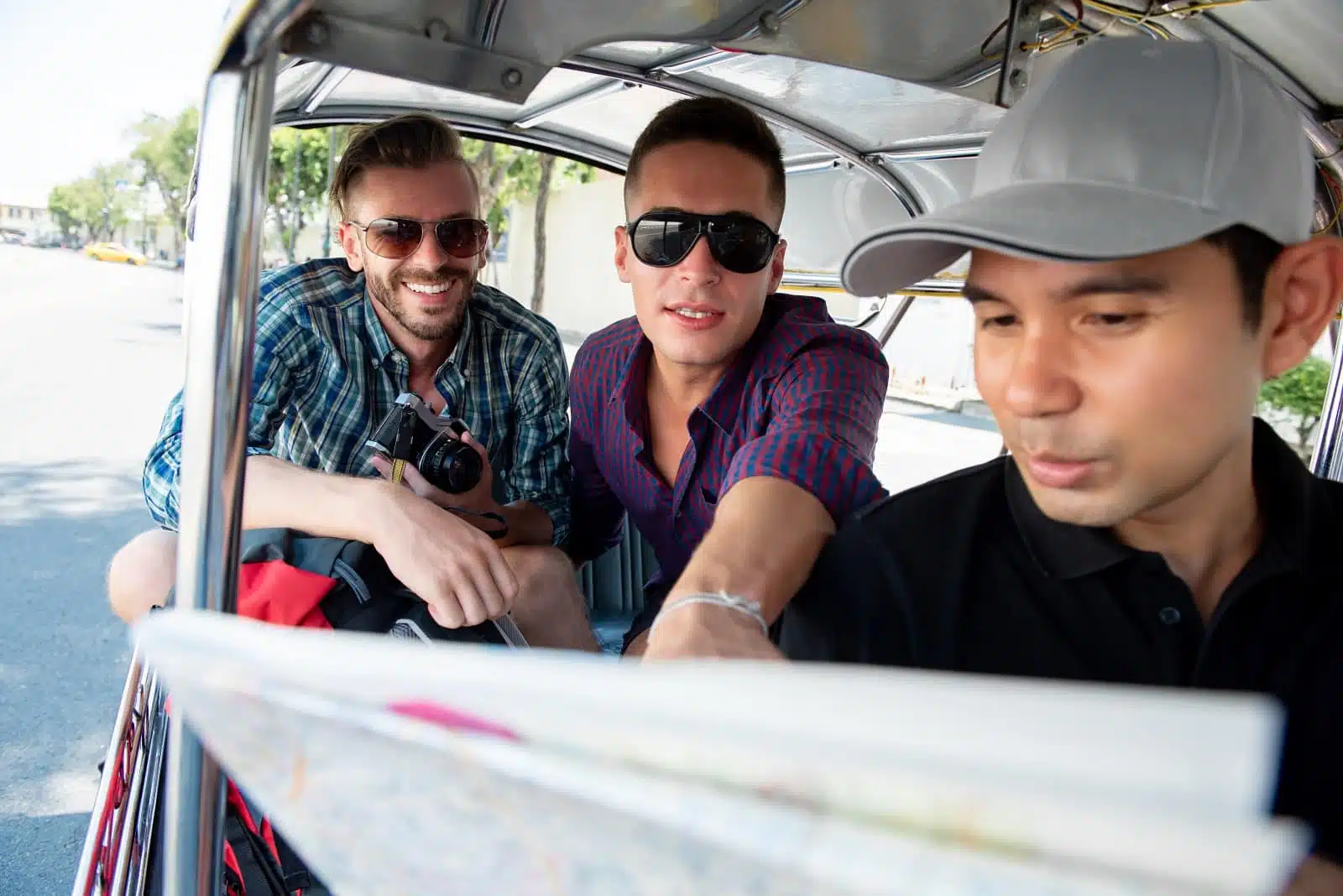
Image Credit: Shutterstock / Atstock Productions
Not all transportation is created equal, especially in cities with high crime rates. Opt for reputable taxis or ride-sharing services, and if you’re in a place like Cape Town or Detroit, always confirm your ride before getting in. It’s an extra step, but one that can make all the difference.
Avoid Flashing Cash

Image Credit: Shutterstock / FabrikaSimf
This one’s a bit of common sense, but worth mentioning. Keep your cash and cards secure, and don’t pull out a wad of bills in public. Even better, use credit cards where possible, as they offer more protection and reduce the need to carry large sums of money.
Dining Smart: Hidden Gems Worth the Risk?
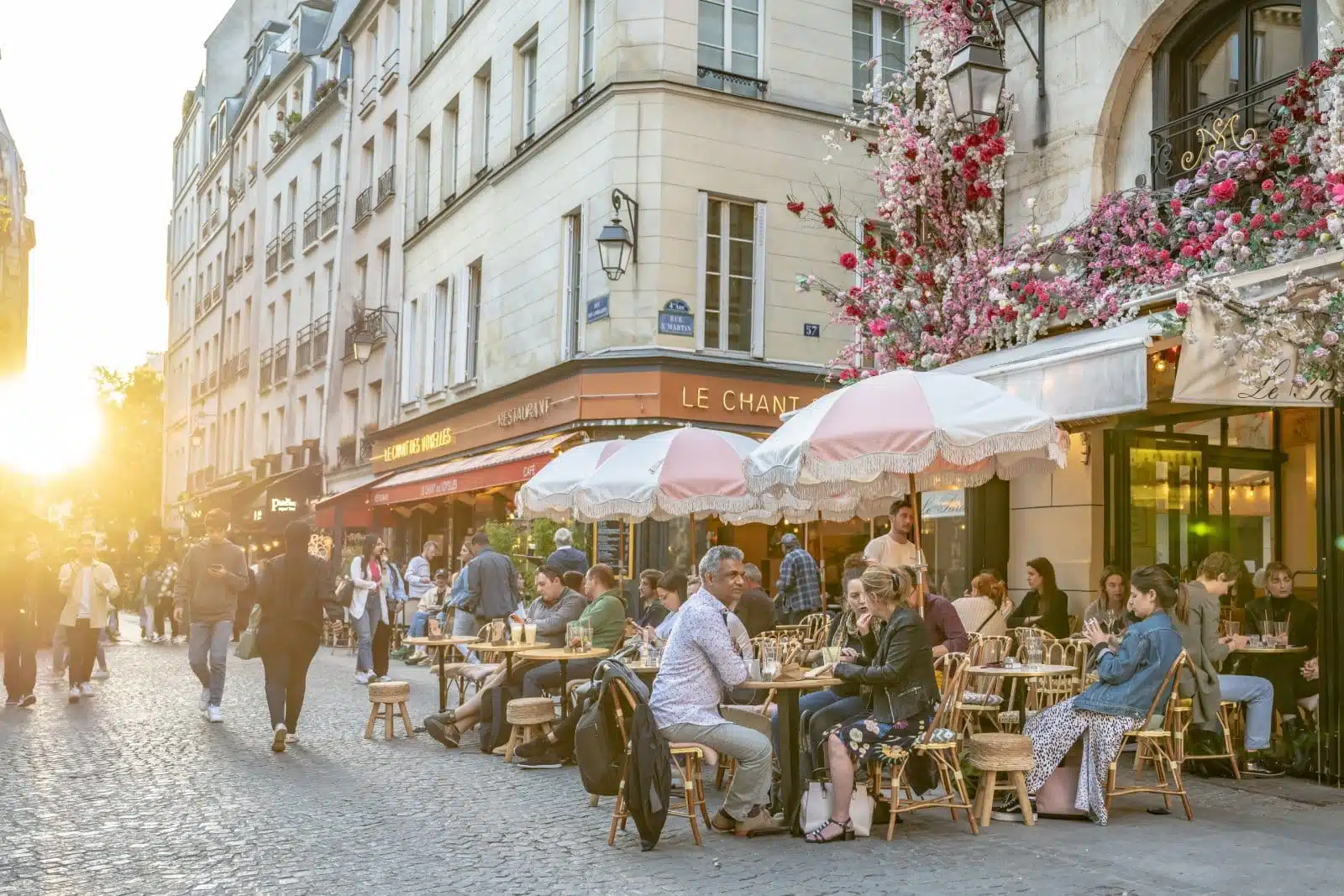
Image Credit: Shutterstock / Page Light Studios
Some of the best meals I’ve had were in tiny, tucked-away places in “dangerous” cities. But not all hidden gems are worth the risk. Use apps like Yelp or TripAdvisor to check out the reputation of a place before you go. And if a local warns you against it, listen to them—they know better than any app.
Emergency Contacts and Plans

Image Credit: Shutterstock / iona didishvili
I know it sounds like overkill, but having a plan for what to do if something goes wrong is crucial. Keep a list of local emergency contacts and the address of your country’s embassy or consulate. This is especially important in places where English isn’t widely spoken.
Trust Your Instincts

Image Credit: Shutterstock / UfaBizPhoto
This might be the most important piece of advice I can give. If something doesn’t feel right, don’t push it. Whether it’s an eerie street or a too-quiet café, trust your gut and get out of there.
Cultural Awareness Goes a Long Way

Image Credit: Shutterstock / Perfect Wave
Understanding the local culture can help you avoid inadvertently offending someone or putting yourself in a risky situation. A little research into local customs, etiquette, and even body language can save you from trouble.
Use Tech to Stay Safe

Image Credit: Shutterstock / WOVE LOVE
Apps like “Find My Friends” or “Life360” can be lifesavers—literally. Share your location with someone you trust, so if something goes wrong, they know where you are.
Meet the Locals (Carefully)

Image Credit: Shutterstock / Antonio Guillem
Locals can often point you toward experiences that are both safe and authentic. However, be cautious about who you trust. If someone seems overly friendly or offers you something that seems too good to be true, it probably is.
Nightlife: Weighing the Risk

Image Credit: Shutterstock / Pressmaster
Sure, some cities have nightlife scenes that are legendary, but if you’re in a high-risk area, it might be best to stick to more reputable venues or skip the late-night adventure altogether. If you do go out, make sure you know how you’re getting back before you leave.
So, Should You Go?
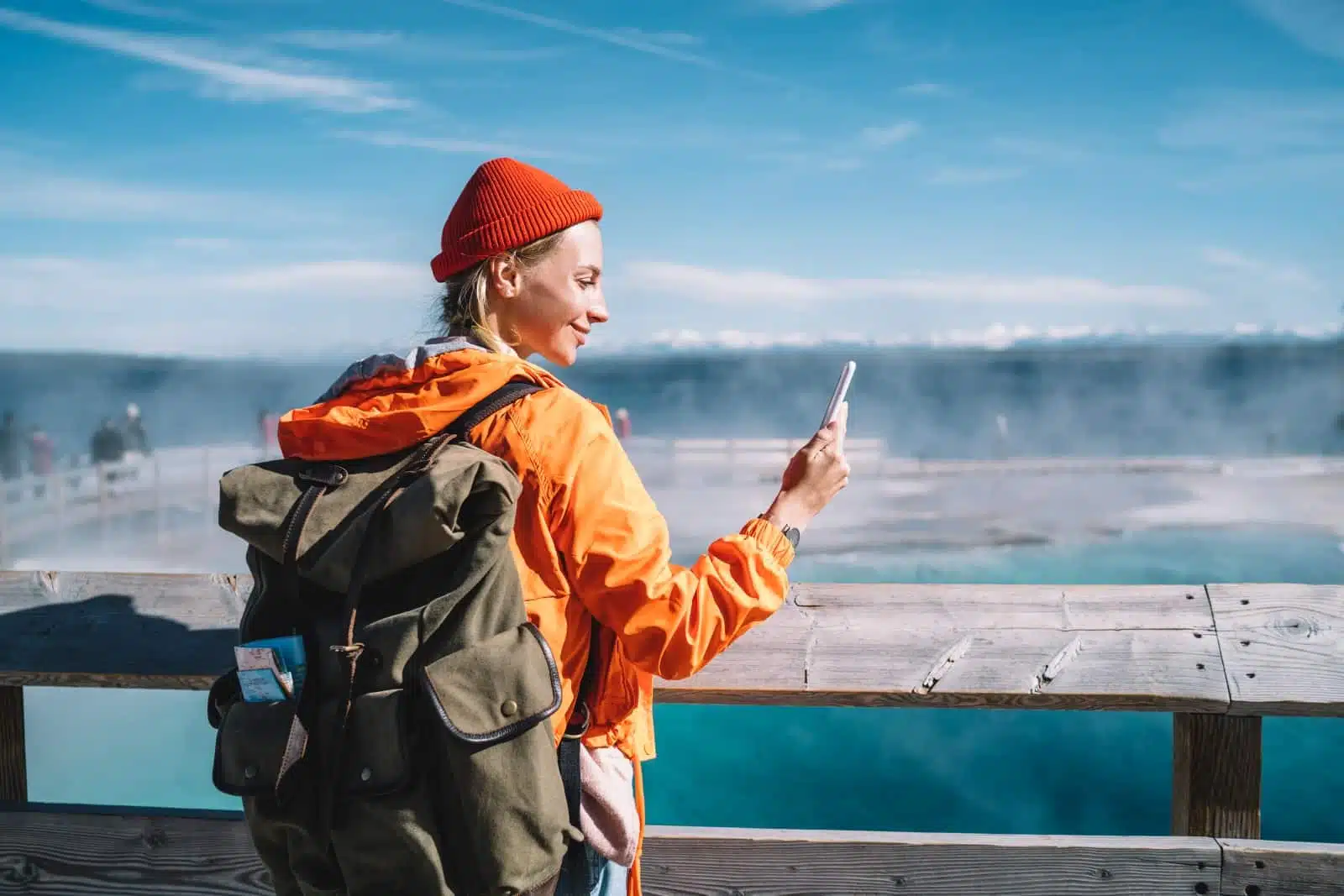
Image Credit: Shutterstock / GaudiLab
Absolutely—just go smartly. The world is full of incredible places that get a bad rap, but with the right precautions, you can experience the best they have to offer. Whether it’s a mural in Detroit, a hidden café in Mexico City, or a local market in Johannesburg, these hidden gems are worth the extra effort.
More From The Green Voyage
Top 10 Trending Travel Destinations 2024
6 Essential Banking Apps for International Travel – Managing Your Finances on the Go
Traveling With Kids – 10 Tips to Create Memorable Family Holidays
Featured Image Credit: Shutterstock / eldar nurkovic.
For transparency, this content was partly developed with AI assistance and carefully curated by an experienced editor to be informative and ensure accuracy.
Tips for Trip Success
Book Your Flight
Find an inexpensive flight by using Kayak, a favorite of ours because it regularly returns less expensive flight options from a variety of airlines.
Book Your Hotel or Special Accommodation
We are big fans of Booking.com. We like their review system and photos. If we want to see more reviews and additional booking options, we go to Expedia.
You Need Travel Insurance!
Good travel insurance means having total peace of mind. Travel insurance protects you when your medical insurance often will not and better than what you get from your credit card. It will provide comprehensive coverage should you need medical treatment or return to the United States, compensation for trip interruption, baggage loss, and other situations.Find the Perfect Insurance Plan for Your Trip
